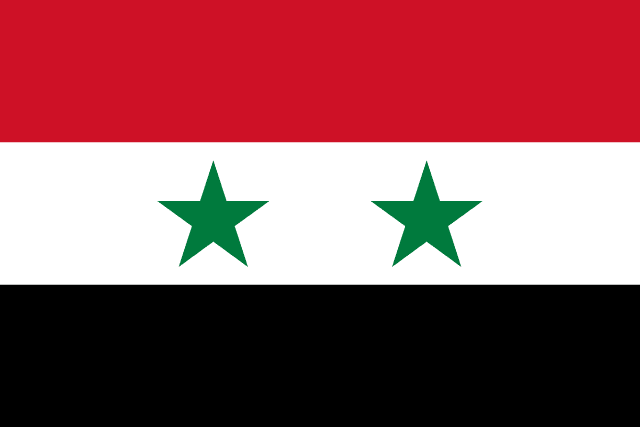Country Information
| Sovereign State | Yes |
| Country Codes | LB, LBN |
| Official Name | Lebanese Republic |
| Continent | Asia |
| Capital | Beirut |
| Government Type | Unitary parliamentary confessionalist republic |
| Currency | Lebanese pound (LBP) |
| Calling Code | +961 |
| Member Of | United Nations, Arab League, Organisation of Islamic Cooperation, Non-Aligned Movement |
| Population | Approximately 6.8 million (as of 2023) |
| Total Area | Approximately 10,452 square kilometers |
| Highest Point | Qurnat as Sawda’ (3,088 meters or 10,131 feet) |
| Lowest Point | Mediterranean Sea (0 meters) |
| GDP Per Capita | Estimated at around $6,500 USD (as of 2023) |
| Life Expectancy | Estimated at around 78 years (as of 2023) |
| Internet TLD | .lb |
Lebanese National Anthem
Kulluna lil-watan (All of us, for the Country!)
All of us! For our Country, for our Glory and Flag!
Our valor and our writings are the envy of the ages.
Our mountains and our valleys, they bring forth stalwart men.
And to Perfection all our efforts we devote!
Flags of Neighboring Countries


History of the Lebanese Flag
The Lebanese flag, adopted just after gaining independence from France on November 22, 1943, carries deep symbolic meaning. Its design is a horizontal tricolor of red, white, and red with the green Cedar of Lebanon centered in the white stripe. The red stripes symbolize the Lebanese blood shed for liberation, while the white stripe denotes peace and the snow-covered mountains of Lebanon.
The Cedar of Lebanon, an ancient symbol of holiness, eternity, and peace, is central to the flag and Lebanese identity. It reflects the country’s historic importance and resilience. The cedar tree is also mentioned in various religious texts and represents strength and immortality.
The original flag was first drawn by the Lebanese parliament member Henri Pharaoun in the Chamber of Deputies, and its design has remained unchanged since its adoption. The Lebanese flag’s colors and symbols emphasize the country’s rich history and its struggles for independence and sovereignty. Over the years, it has become a powerful emblem of national pride and unity in the face of adversity.

